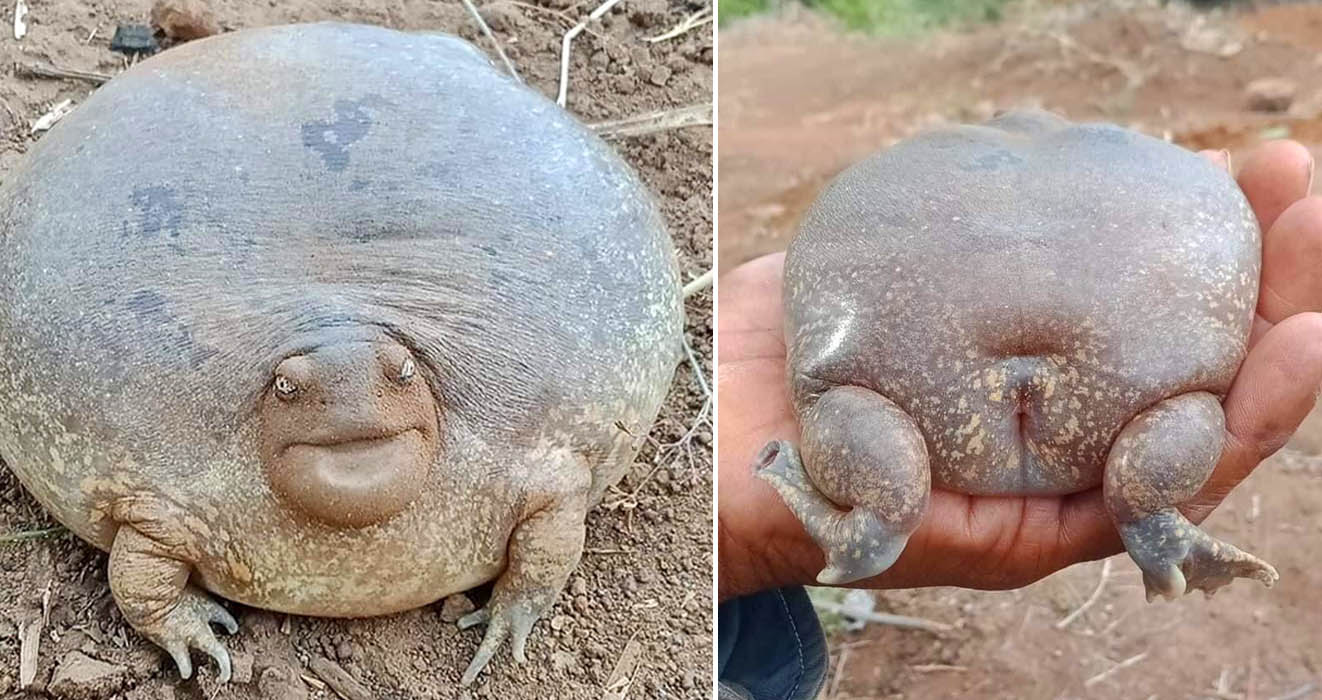There’s no denying that cute cats and dogs rule the internet. But, every now and then, we are dragged into the mysterious allure of uncommon and undiscovered animals. Discoveries of new creatures, from albino Indian flap shell turtles to golden possums, always cause for joy and debate. As a result, when photographs of a blunt-headed burrowing frog surfaced online, they quickly went viral and sparked the internet community’s interest.
Earlier this year, Twitter user @koshin0919 posted photographs of a strange-looking creature discovered in Cambodia. The tweet quickly went viral, receiving over 23.5K retweets and 130.1K likes. Furthermore, it sparked an internet debate, with many individuals voicing their opinions on the classification of the unknown organism. Some speculated that it is a turtle without a shell. Others, meanwhile, noted its likeness to Jabba the Hutt from Star Wars.
カンボジアで見つかった珍しい生き物。何ちゅう顔しとんや。 pic.twitter.com/8H0Kvx3iet
— コシラカワシン | 東南アジアでものづくり🇰🇭 (@koshin0919) January 7, 2021
With its unusual shape and size, this Blunt-Headed Burrowing Frog has piqued the interest of the online community.
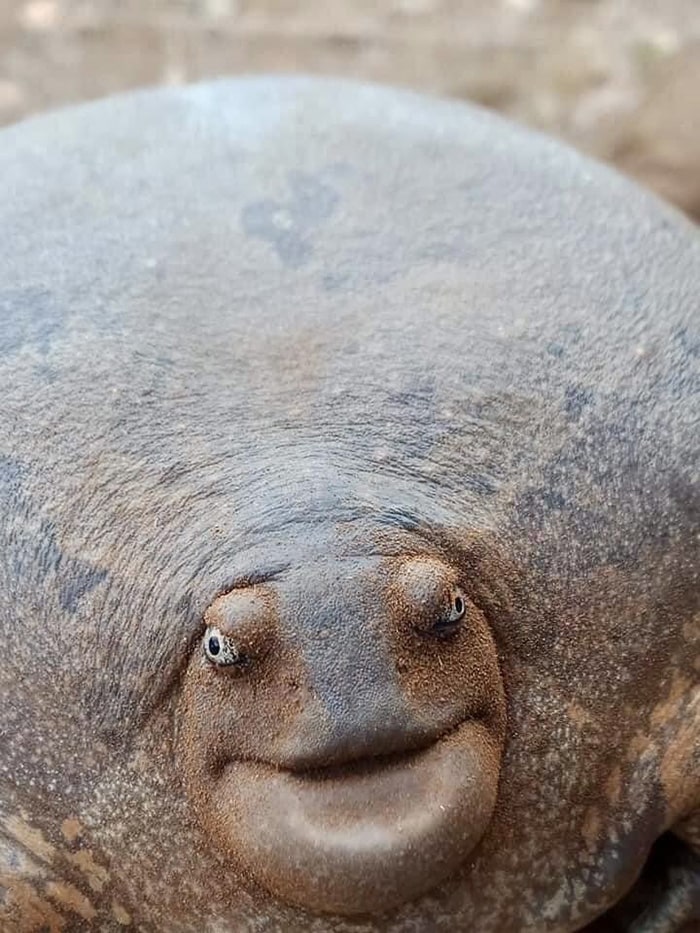
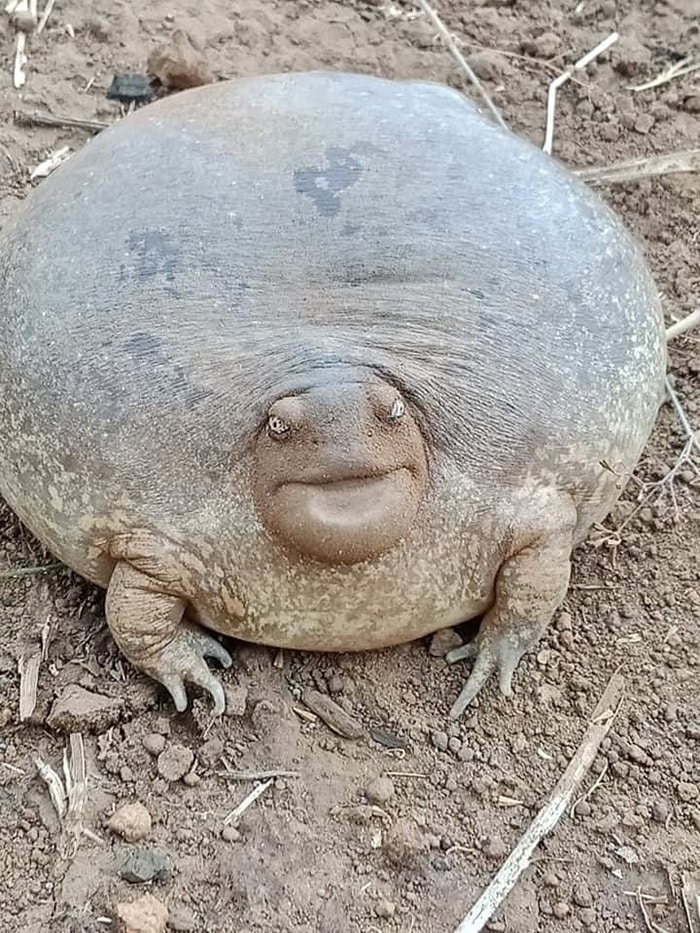
Fortunately, Twitter user Jodi Rowley, a conservation biologist with a frog passion, stepped up to provide some light on the situation. Rowley believes the unusual amphibian is a frog called Glyphoglossus molossus. Aside from being a “blunt-headed burrowing frog,” it is also known as a “balloon frog.”
This #frog is doing the rounds on social media. It’s a Blunt-headed Burrowing Frog (Glyphoglossus molossus). Native to drier parts of mainland SE Asia, this species spends most of its life underground, waiting for rain- they’ve a great shape for burrowing & conserving water. https://t.co/oic1ymL5MX
— Jodi Rowley (@jodirowley) January 7, 2021
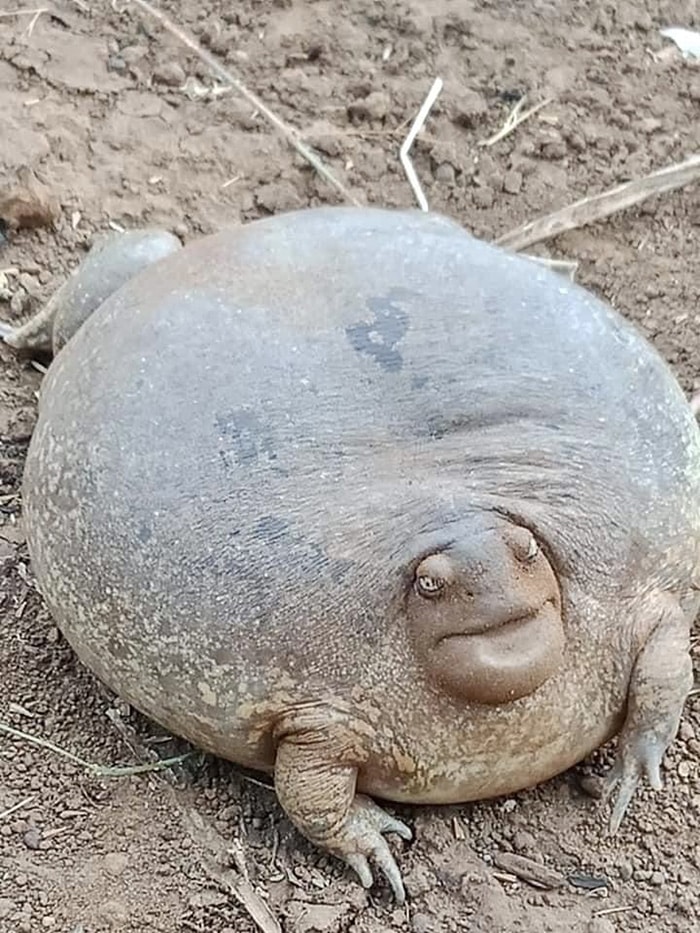
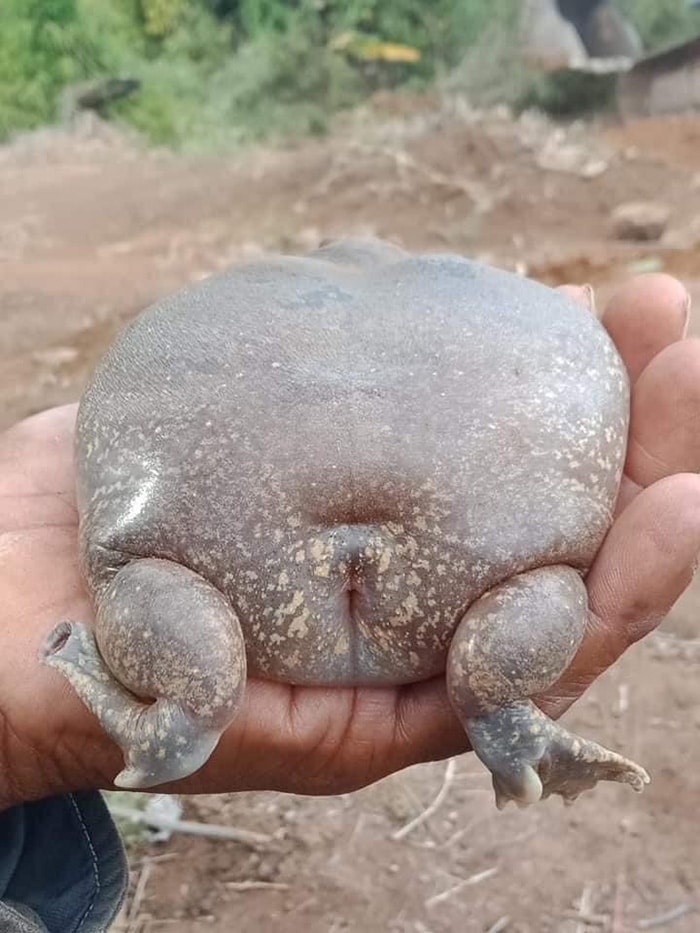
This species, as the name implies, spends the most of its existence underground. When the rainy season arrives, however, it emerges in great numbers to spawn “explosively” in temporary bodies of water. While it is normally spherical in shape, it puffs up even more in self-defense.
Amazingly, despite its unusual appearance, Thai cuisine is relatively popular. Regrettably, this has been the primary source of its overuse. Moreover, the International Union for Conservation of Nature (IUCN) has classified it as a “Near Endangered” species. As a result, the IUCN has strongly advised against collecting frogs at breeding grounds in order to ensure the conservation of this species.


